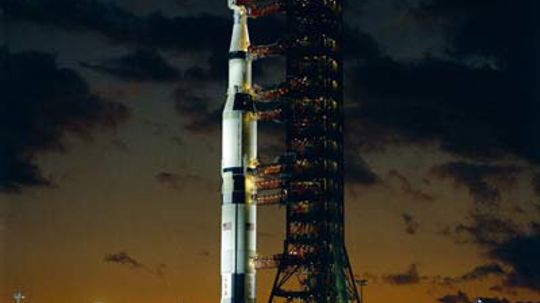Embarking on a journey to unravel the mysteries of space, the Apollo spacecraft stands as an emblem of human ingenuity and scientific progress. With its groundbreaking technology and meticulous design, this marvel of engineering paved the way for mankind’s first steps on extraterrestrial soil. Let us delve into the inner workings of this extraordinary vessel, exploring its intricate mechanisms that propelled humanity towards new frontiers.
The Ingenious Architecture
In order to withstand the harsh conditions encountered during space travel, every aspect of the Apollo spacecraft was meticulously engineered with utmost precision. Its structure consisted of three main components: The Command Module (CM), Lunar Module (LM), and Service Module (SM). These modules worked in perfect harmony to ensure a safe and successful mission.
The CM served as both living quarters for astronauts during their journey and their re-entry vehicle upon returning to Earth. It housed essential systems such as life support, communication equipment, navigation instruments, and controls necessary for maneuvering in space.
The LM played a pivotal role in lunar landings by providing a means for astronauts to descend onto the moon’s surface. This module contained crucial elements like landing gear, propulsion systems, scientific instruments, and even a small rover enabling exploration beyond immediate vicinity.
Lastly, connecting these two vital components was the SM which provided power generation through fuel cells while also serving as storage for consumables like oxygen and water required throughout each mission phase.
Pioneering Propulsion Systems
Achieving escape velocity from Earth’s gravitational pull demanded revolutionary propulsion systems within Apollo spacecraft. At liftoff stage or launch phase known as Saturn V rocket assembly; five F-1 engines generated immense thrust propelling it into orbit around our planet before separating from other modules.
Once in space, the Service Module’s engine took over to perform critical maneuvers such as course corrections and lunar orbit insertion. This engine utilized a combination of liquid oxygen and hydrogen propellants, providing efficient thrust while minimizing weight constraints.
For landing on the moon’s surface, the Lunar Module employed descent and ascent engines. The descent engine allowed controlled touchdown by counteracting gravity with precise throttle control. Conversely, during takeoff from the moon, the ascent engine propelled astronauts back towards rendezvous with Command Module for their return journey home.
Astronaut Safety Measures
The Apollo spacecraft prioritized astronaut safety through various ingenious measures. One notable feature was its ablative heat shield located at the base of Command Module which protected against extreme temperatures experienced during re-entry into Earth’s atmosphere.
To ensure life support throughout missions, an Environmental Control System (ECS) maintained optimal cabin conditions by regulating temperature, humidity levels, and removing carbon dioxide exhaled by crew members. Additionally, redundant systems were implemented to mitigate potential failures that could jeopardize mission success or astronaut well-being.
In case of emergencies or unforeseen circumstances like loss of pressure within CM or SM failure; astronauts had access to a portable life support system known as “the backpack.” This device provided them with essential resources including oxygen supply enabling safe return to Earth even under challenging conditions.
Celebrating Human Achievement
The Apollo spacecraft stands as a testament to human achievement in exploration beyond our planet’s boundaries. Its intricate architecture coupled with pioneering propulsion systems ensured successful lunar landings and safe returns for all those who ventured into space aboard this remarkable vessel. As we reflect upon these extraordinary accomplishments, let us continue pushing boundaries further while honoring those who paved the way for future generations of explorers.


